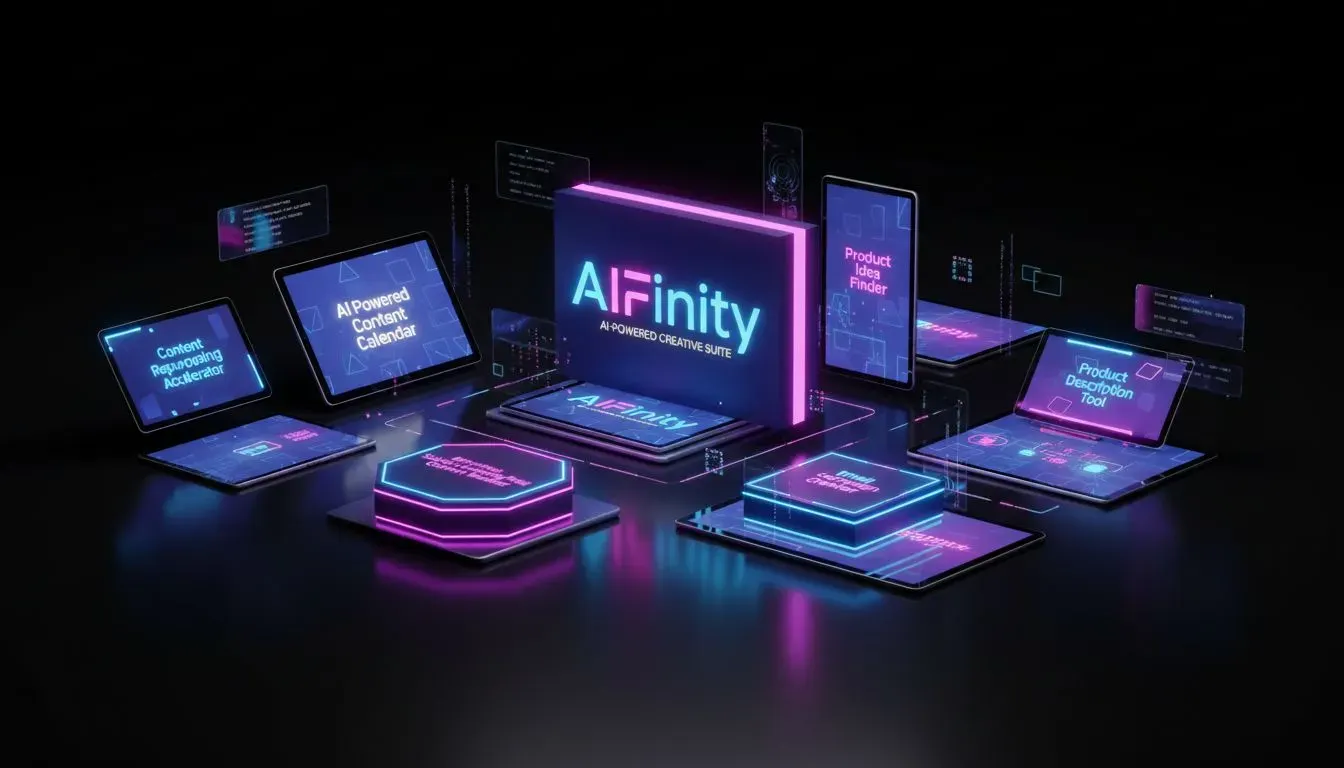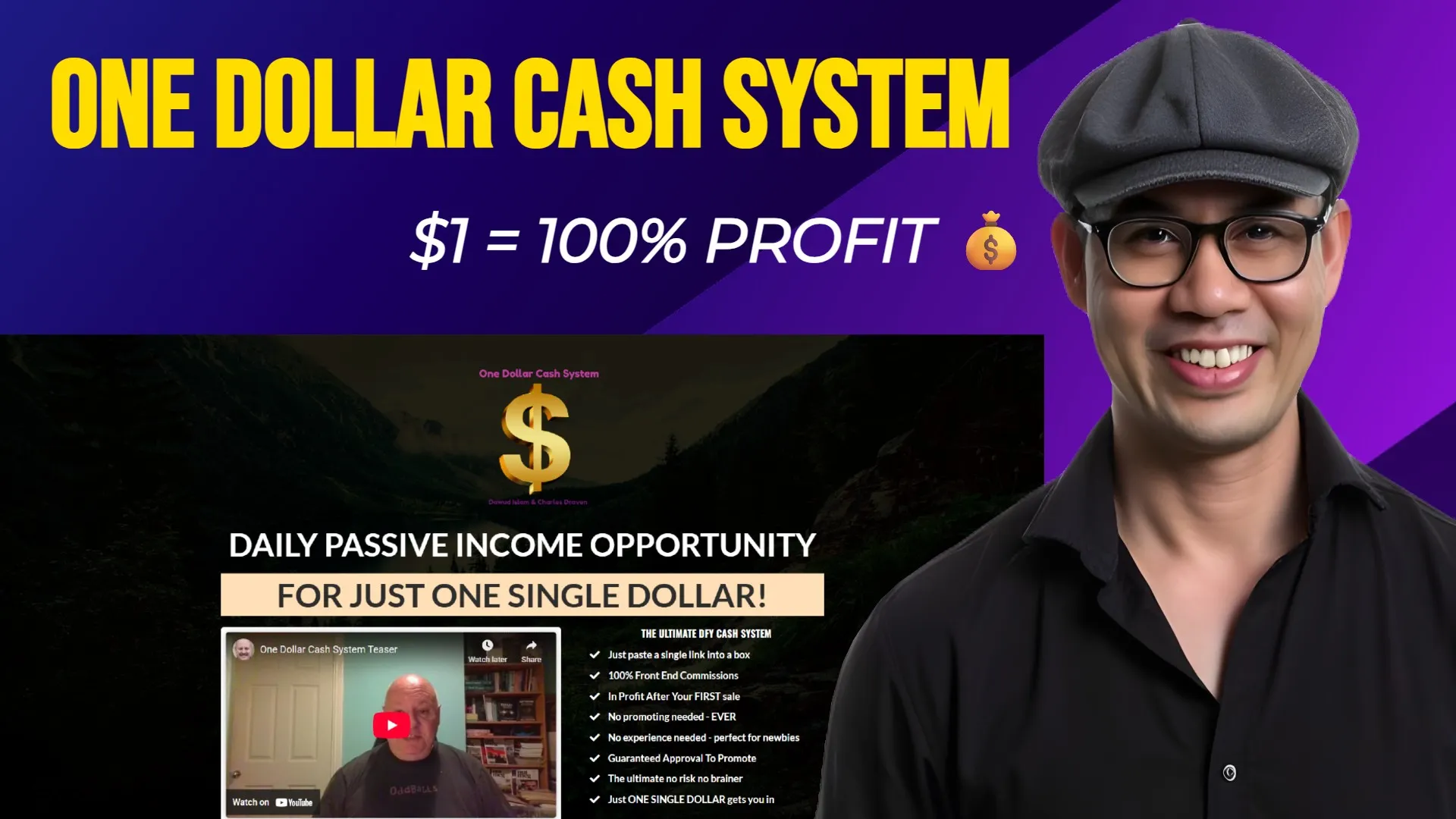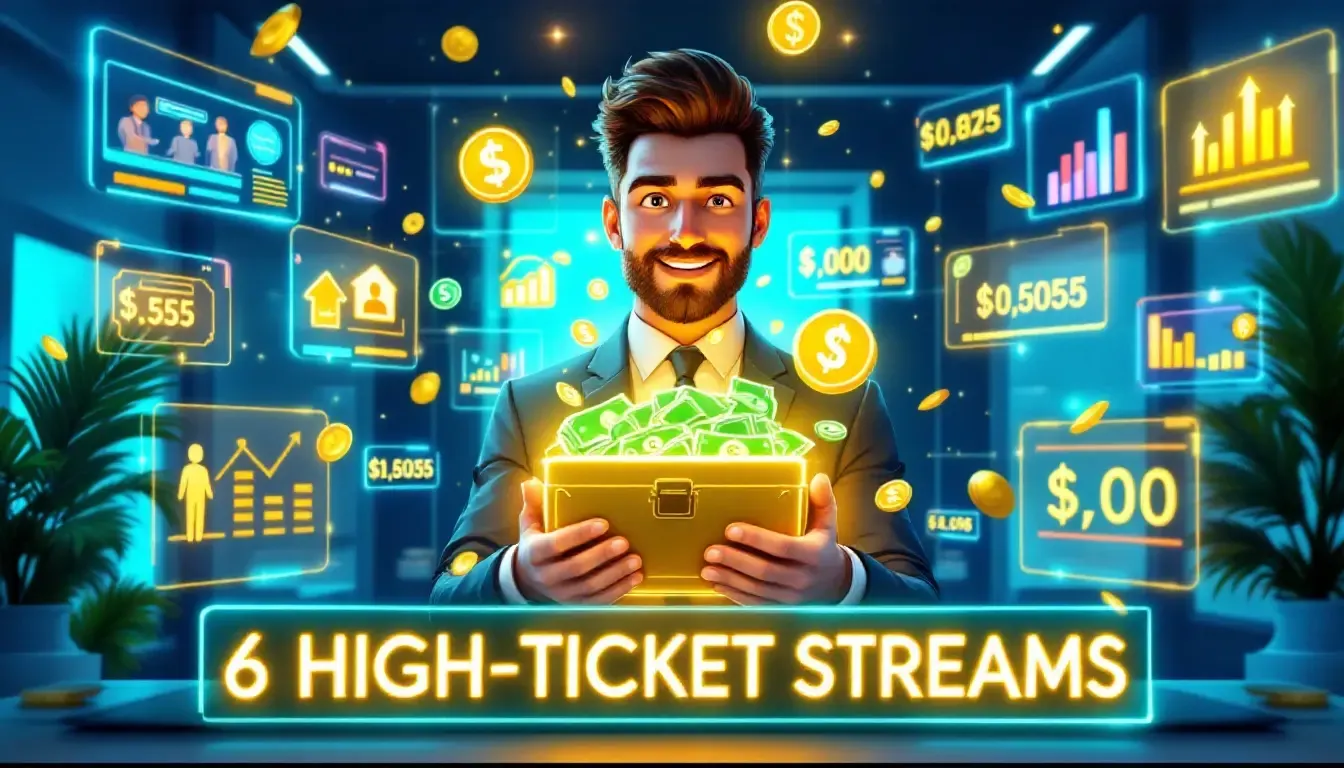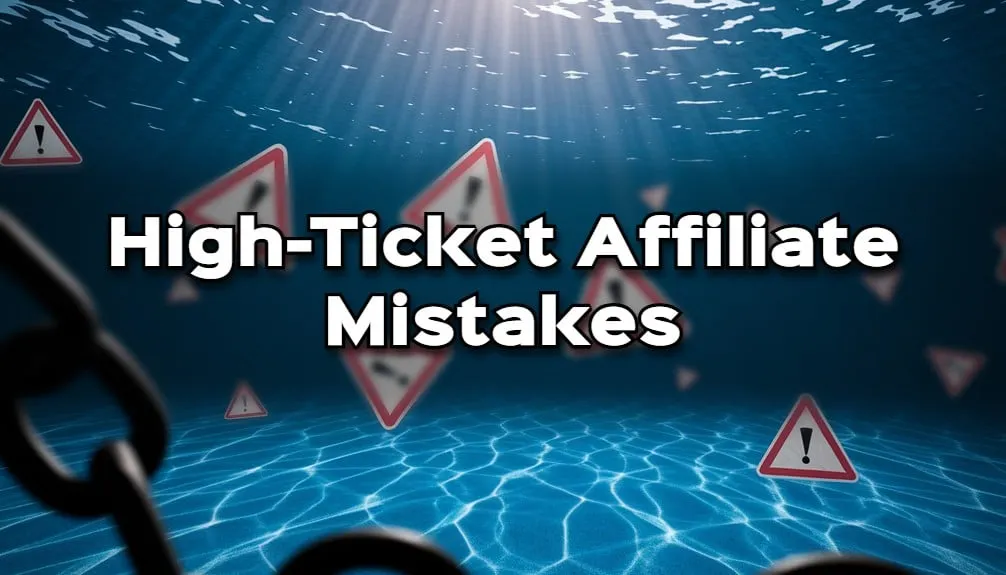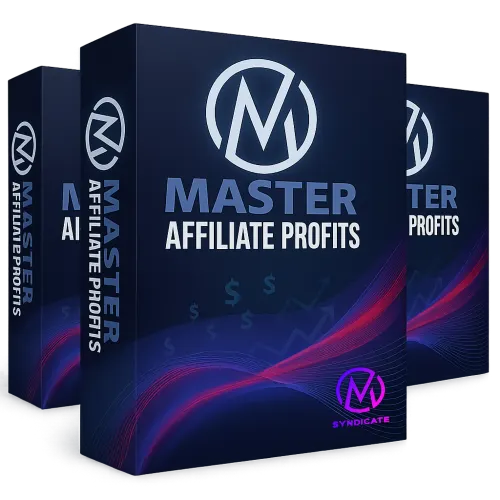Turn Browsers into Buyers: Content That Works!
Eugene Schwartz was a famous copywriter. He talked about the 5 stages people go through when learning about a new product. These stages go from knowing nothing to ready to buy.

Let's look at each stage. We'll think about how to make content that speaks to your audience, no matter where they are in learning about your product.
Start your journey to financial freedom today!
Don't Know About the Problem
Here, possible new customers don't even know your product can fix a problem they have. Your job is to bring up the problem and teach them why fixing it matters.
Content ideas:
- Blog posts that talk about common issues your product fixes can raise awareness. Focus on the problem itself. Explain what it is, why it matters, and how it impacts daily life. For example, write about back pain and how to fix it. That could help office workers see a problem they may not have known about.
- Social media posts with questions can also help people see they have a problem. Get them thinking about challenges and pain points. That realization can lead them to see they have an issue to solve. Ask if they struggle to stay organized at work. That could get them thinking about a problem they hadn't considered.
- Infographics can visually bring up a problem and teach your audience. One on the hidden costs of poor posture at work could help people see the impacts of an issue they overlooked.
- Podcast episodes discussing problems your product solves can effectively reach your audience. Have a conversation about the issue. That dialogue can help listeners recognize it's a problem needing attention.
Know About the Problem
Now your audience knows they have an issue but not how to fix it. Show your solution as the answer they want.
Content ideas:
- In-depth blog posts exploring the problem and solutions are great for people aware of the issue. Provide full understanding of the problem. Highlight key things to consider when choosing a solution. For example, post about the best ways to improve posture and why it matters. That could help your audience understand the issue and consider solutions.
- Webinars or live streams teaching how to overcome challenges are also good here. Show your expertise and give actionable advice. Become a trusted guide pointing them to your solution. A webinar on simple exercises to fix desk posture could effectively engage your problem-aware audience.
- Email sequences with helpful tips for leads aware of the problem can build relationships and introduce your offering as the solution. Focus these on educating and supporting your audience, not directly pitching your product. Share posture tips and tricks, and suggest your posture product as the perfect solution.
- Video tutorials demonstrating problem-solving step-by-step can be valuable here. A video on correcting posture at your desk in 5 minutes could give practical, actionable advice.
Know About Solutions

Your prospects know about solutions but maybe not your specific product yet. Show how your offering is different and highlight its unique benefits.
Content ideas:
- Comparison blog posts putting your solution next to competitors can powerfully show the key differences and why your product is better. Objectively highlight strengths and weaknesses so your audience can make an informed decision. Compare your posture corrector to Brand X and Brand Y to show why yours is best.
- Product demo videos highlighting your features and how they solve the problem can be super compelling. Show your product in action, demonstrating how it works and meets needs specifically. A video on how your posture shirt can transform workdays could teach your solution-aware audience.
- Landing pages clearly explaining your solution and why it's the best choice can effectively convert solution-aware prospects into customers. Focus on the unique value and benefits of your offering. Use persuasive language and visuals to drive the message home. A landing page highlighting key features of your posture product and how it outperforms competitors could be powerful here.
- Explainer animations visually showing how your solution works can be an engaging way to showcase capabilities. A short, animated video highlighting the special features and benefits of your posture device could grab your solution-aware audience's attention.
Know About Your Product
Now your audience knows about your product but isn't sure it's the right fit. Focus content on building trust and addressing concerns.
Content ideas:
- Customer testimonials and case studies showcasing real-world success can powerfully build trust and credibility. Highlight specific ways your product helped others, dealing with common objections and showing real benefits. A case study on how your posture shirt eliminated back pain and improved productivity could demonstrate real-world impact.
- Detailed product guides diving into features and benefits can give your audience full understanding of what your offering can do. Be informative and easy to navigate, covering any questions or concerns. Explore the science behind your posture technology and how it works to address concerns.
- Free trials or demos letting prospects try your solution firsthand can be great for overcoming doubts. Give them a chance to "test drive" your product and experience benefits themselves. Offer a free trial of your posture shirt to let them try it and see how it works for their needs.
- Frequently Asked Questions (FAQs) addressing common concerns can help build trust and give your audience information to make an informed decision. Cover topics like sizing, returns, and effectiveness claims to address product-aware prospects' concerns.
Ready to Buy

Your prospects are ready to purchase but may just need that final push to act. Create urgency and scarcity to encourage them to buy.
Content ideas:
- Limited-time offers or discounts with clear deadlines can create urgency and motivate ready buyers to act. Highlight value and limited availability. A 50% off promotion for the next 48 hours could generate urgency and drive your audience to purchase.
- Countdown timers or "last chance" messaging on your site and in emails can also build scarcity and push people to decide. Create a time pressure to nudge them to buy before the chance is gone. A banner saying "Only 5 left in stock" could create urgency to act fast.
- Abandoned cart emails reminding of missed value if they don't complete purchase can re-engage very interested prospects who didn't finish buying. Focus these on features and benefits they'll miss out on if they don't act. A subject line like "Don't miss our best-selling posture shirt!" could entice them to revisit and complete purchase.
- Social proof like reviews, ratings, or testimonials can also create urgency and validation for ready buyers. Display positive customer feedback on your site or in marketing to provide the final nudge to buy.
Remember, the key is understanding your audience and meeting them where they are in learning about your product. Make content for each stage, and you'll smoothly guide your prospects towards purchasing.

